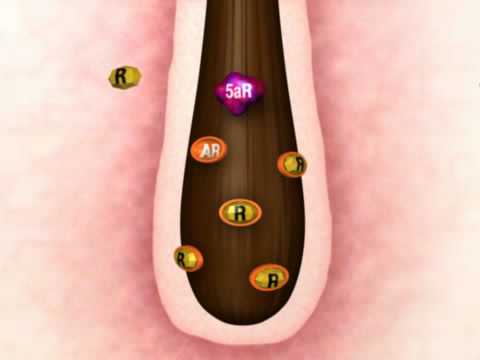The Difference Between Telogen Effluvium (TE) And Female Patterned Baldness Or Hair Loss
I often get emails from people who want clarification as to what makes telogen effluvium (TE) or shedding any different from AGA, genetic thinning, or female patterned baldness. Most of the people who ask this question really hope that they have TE, because there is a perception that this shedding is much more mild and temporary in nature and that AGA is much harder to treat. These perceptions aren’t always true, but I’ll go over some of the differences between the two conditions in the following article.
You Should Have A Trigger With TE: People who have telogen effluvium usually have a distinct and identifiable reason for the hair loss. You should be able to pinpoint what is called your trigger which usually will have occurred around 2 – 3 months before you notice any changes in your hair or experience an increase in shedding or loss. There are many possible triggers, but examples are illness, surgery, changing hormones, pregnancy or giving birth, stopping or starting medications, autoimmune flare ups, metabolic disorders, or allergic / inflammatory reactions, as well as conditions of the scalp.
If there’s any “trigger” with AGA or genetic hair loss, then it’s typically age. A person is genetically predisposed to being sensitive to androgens on the scalp (whether there is any family history or not) and this will generally become worse as you get older. You may well have had a full head of hair at 18, but by the time that you are in your 30s, you begin to notice gradual changes and you can’t pinpoint an illness or a change that would’ve contributed to this.
Now, sometimes TE sort of morphs into AGA because you had both a trigger and a genetic component laying below the surface.
You May Well Notice A Pattern With AGA Or Patterned Baldness: This is not always true, but much of the time, there is a more distinct pattern of loss if it is androgen or genetically driven whereas the loss with TE is more diffuse and occurs all over the head. However with androgenic alopecia, you will typically see more profound loss in areas like the temples, the crown (the back of the head), or at the part line or top. With that said, if you have particularly aggressive or fast moving telogen effluvium, you can see some of the same patterns because those androgenic areas begin as more sparse anyway. So you’re going to notice those areas more because they would be the first to thin out.
The Difference In Regrowth: You can sometimes see a distinction in the regrowth. There is typically some miniaturization in long term AGA. What I mean by that is that over time, the hair that grows back comes in thinner and finer. So while you are regrowing what you are losing (at least somewhat) the quality and thickness of the hair is not what it was before so that the over all effect is one of the thinner head of hair made up of strands that are more fine in texture.
With that said, sometimes TE will turn chronic and last for well over six months. You can see some miniaturization occasionally in these cases.
Blood Work: Sometimes, people will write to me and tell me that they can’t possibly have androgenic alopecia or androgen driven loss because their testosterone levels aren’t too high or maybe they have a normal FSH reading (follicle stimulating hormone.) There is a perception that folks with genetic loss have “too much” testosterone or androgens. The truth is, you can have androgen driven loss with low or even normal levels of androgens. It’s really not that you have too much hormones. It’s that you are genetically prone to be over sensitive to those same hormones. I know it’s frustrating and confusing, but don’t let the blood work mislead you or cause you to rule out something that is still possible. It’s just as important to look at what you see in the mirror as it is to view what you see on the blood work reports.
The Difference Between Telogen Effluvium (TE) And Female Patterned Baldness Or Hair Loss by Ava Alderman




